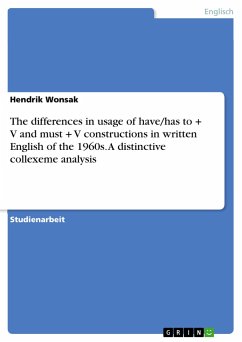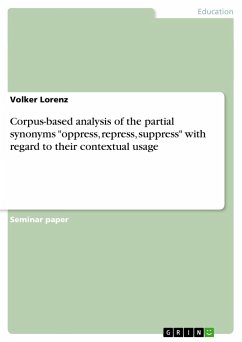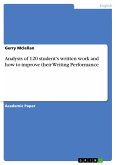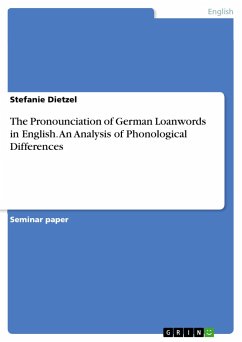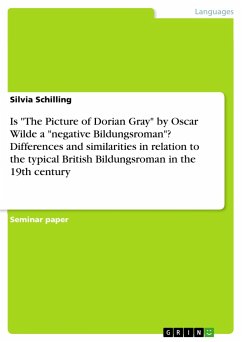Studienarbeit aus dem Jahr 2016 im Fachbereich Anglistik - Linguistik, Note: 2,3, Universität Hamburg, Sprache: Deutsch, Abstract: Do I have to write this term paper or must I? Is there even a semantic difference between the two constructions have/has to + V and must + V? Epistemically, there is little diference between the two constructions, but a deontic approach shows that the construction must + V obliges the subject of the sentence to do something, while the construction have/has to + V does not play a strong deontic role. Nevertheless, native speakers of the English language use both constructions more or less indiscriminately.This term paper rejects the common approach that the two constructions are semantically identical, since certain verbs are more likely to occur in the have/has to + V-construction, than in the must + V-construction.According to Gries and Stefanowitsch, traditional linguistic studies view the lexicon and the grammar of a language as two completely diferent phenomena. In their cited publication, they state that "various expression types that fall somewhere in between lexicon and grammar have been recognized but largely ignored by mainstream syntactic theories" (Gries & Stefanowitsch, 2003, 209). Over the past decades, however, a variety of linguists, such as Lewis Hunston, Sinclair, Gries and Stefanowitsch themselves, have published a variety of theories, which approach a diferent view towards the connections between grammar and lexicon. These theories assume that "grammar and lexicon are not fundamentally diferent, and that the long-ignored multi-word expressions serve as an important link between them" (Gries & Stefanowitsch, 2003, 210). Following these theories, pairs of semantically more-or-less corresponding expressions and constructions, as the ones shown in (1) to (3), have occupied the attention of linguists all over the world (Gries & Stefanowitsch, 2004, 97):(1) Peter gave Mary the ball / Peter gave the ball to Mary(2)Frank is going to be happy / Frank will be happy(3) Peter must give Mary the ball / Peter has to give Mary the ball
Hinweis: Dieser Artikel kann nur an eine deutsche Lieferadresse ausgeliefert werden.
Hinweis: Dieser Artikel kann nur an eine deutsche Lieferadresse ausgeliefert werden.
